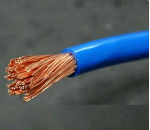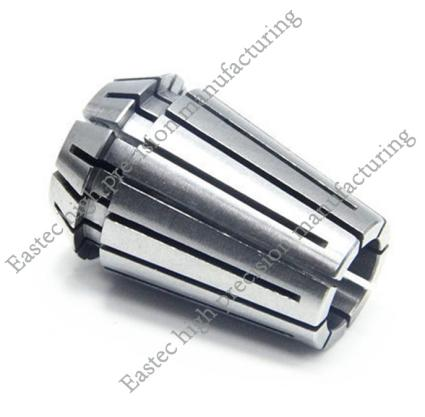
NVIDIA CEO Jensen Huang recently visited Taiwan, and his meeting with supply chain partners has once again drawn industry attention. During the meeting, Huang revealed plans to collaborate with TSMC to explore new opportunities in the robotics field. Analysis indicates that Taiwanese manufacturers have significant advantages in the customized design and manufacturing of key components for humanoid robots, with immense business potential ahead. They are expected to become an important part of the U.S. supply chain, playing a key role in cost reduction.
At a luncheon on the 18th, Huang invited supply chain partners, and TSMC Chairman Mark Liu was also among the attendees. Huang emphasized that Nvidia and TSMC are collaborating to develop emerging markets such as robotics and autonomous vehicles. He is confident about the future development of robotics and has previously announced Nvidia's active layout in three major robotics hardware and software solutions: AgentAI, humanoid robots, and autonomous vehicles.
In his keynote speech at the Consumer Electronics Show (CES) in the United States, Huang showcased the next-generation ThorBlackwell robot computing processor, which has significant advantages in the fields of automatic handling and humanoid robots and is expected to become the core brain of humanoid robots.
Meanwhile, U.S. billionaire Elon Musk also announced at CES that Tesla plans to produce 50,000 to 100,000 Optimus humanoid robots by 2026 and aims to expand production tenfold by 2027, reaching an annual production of at least 500,000 units.
The role of the Taiwanese supply chain in the key components of humanoid robots cannot be underestimated. For example, key components such as planetary ball screws are dominated by Taiwanese companies like Yost Precision. Companies like HIWIN and Global Transmissions are also actively developing related technologies.
Taiwanese companies such as Delta Electronics, A-mach Precision,MengLi and HIWIN are also proactive in the manufacturing of reduction mechanisms for humanoid robot joint drive modules. MengLi stated that its key parts for humanoid robots are continuously being sampled and that market demand is expected to become clearer this year. The company will continue to increase capital expenditures, designing critical components for customers and developing production capacity.
Delta Group Chairman Yen Jui-hsiung pointed out that Taiwanese manufacturers have the capability to manufacture both joint-type harmonic reducers and planetary reducers, and it is just a matter of integrating these components into the robot carrier. Yen believes that Taiwanese manufacturers have significant business opportunities in key components such as joints and motors and are expected to become part of the U.S. supply chain.
MengLi indicated that Taiwanese manufacturers can provide customized solutions for customers in terms of system planning, humanoid robot selection and manufacturing, key components such as modules and reducers, and even controllers. The higher the degree of system integration, the stronger the competitiveness.
However, the high cost of humanoid robots is a major challenge for commercialization in the market. Yen pointed out that the unit cost of humanoid robots may currently be much higher than the target price. He emphasized that Taiwanese key component manufacturers will play a significant role in reducing the cost of humanoid robots.
Yen believes that although current humanoid robots are mainly designed for customization, with cost reductions and mass production, standard humanoid robots are expected to become the market mainstream, which is also an opportunity for Taiwanese key component manufacturers. MengLi pointed out that to reduce the cost of humanoid robots, increasing production volume is key. Taiwanese manufacturers should consider customers with high feasibility, large factory scale, and wide application range to achieve cost reduction and market share growth.





 Customer service 1
Customer service 1  Customer service 2
Customer service 2